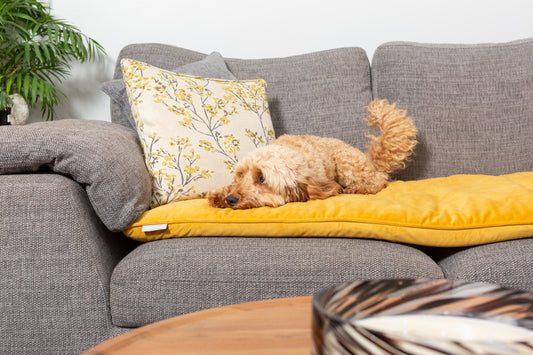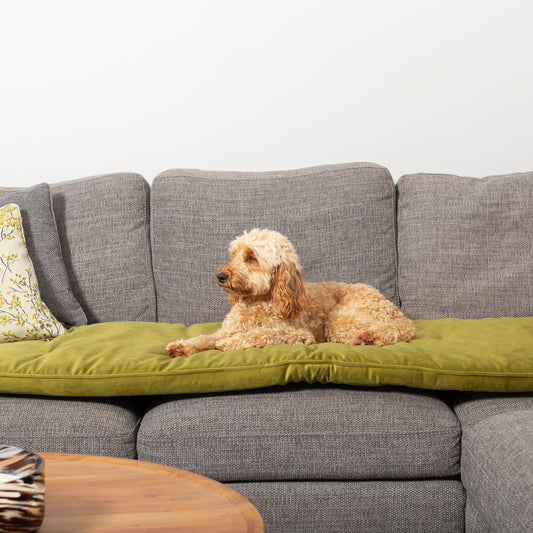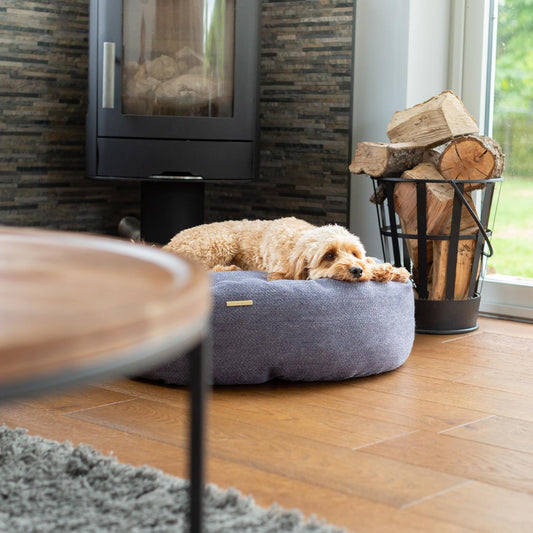Cats can be fussy eaters, and introducing a new type of food can be challenging. Whether you need to switch due to dietary needs, health concerns, or simply a desire to try a different brand, transitioning your cat to a new food should be done gradually and thoughtfully. Here’s a guide to help you through the process, making a seamless transition for both you & your feline.
Why Change Your Cat's Food?
Common reasons for changing your cat's food may include:
Health Issues: Allergies, digestive problems, or other health conditions may require a special diet, when recommended by a veterinarian.
Age: Kittens, adult cats, and senior cats all have different nutritional needs.
Weight Management: Adjusting diet for weight loss or gain.
Quality of Food: Upgrading to a higher quality or more natural diet.
Flavour: Sometimes, our cats simply get bored of their current food.

Changing your cats diet
It’s important before you dive into swapping your cats food, you have done your research and picked the very best option for both you as the owner and the best option for your cat. You may need to consult your veterinarian, this is especially important if your cat has health issues - they may offer a specific food to meet your cats needs.
You may start with initial research into wet, dry or raw food - you will be able to find the best option to meet your cat/kitten’s nutritional needs, as well as their preference. It’s good to check the ingredients of the food you’re researching - opt for high quality ingredients such a real meat. Try to avoid fillers such as corn and soy as these are likely to be difficult for your cat to digest and the phytic acid may have a negative effect on your cats nutrition.
Remember abrupt changes can cause upset for your feline. A gradual transition will help your cat’s digestive system adjust to their new food. It’s good to work on a 1-10 day plan, however this may need to be adjusted to your cats needs. Below is a guide you may want to follow. It’s worth checking the new food feeding guides on the packaging as you may find they also have a helpful guide.
Day 1-3: Mix 25% of the new food with 75% of the old food.
Day 4-6: Mix 50% of the new food with 50% of the old food.
Day 7-9: Mix 75% of the new food with 25% of the old food.
Day 10+: Transition to 100% of the new food.
Throughout this process, keep a close eye on your cat and how they’re finding the adjustments. Watch for signs and reactions such as diarrhoea, constipation and sickness. Observe their overall wellbeing, their energy levels, coat condition and their behaviour.
Take note of their appetite and ensure your cat is actually eating the new food. You may find some reluctance, but persistent refusal may indicate the need for a different food. A healthy diet should improve your cats coat, making it shinier and softer. Their stool’s should be firm and moist - any drastic change in the stool should be monitored.

Changing my cats food
If your cat shows signs of distress or the transition isn’t going smoothly, you may need to slow down the process or consult your vet. Some cats may require a slower transition period, extending each phase by a few days.
Tips for a Successful Transition
- Patience: Some cats are more sensitive to changes in their diet. Take it slow and be patient.
- Mixing Techniques: Ensure the new and old food are well-mixed to prevent your cat from picking out their preferred pieces.
- Wet Food Transition: If switching from dry to wet food, you might need to introduce the wet food as a treat initially, gradually increasing the portion size.
If your cat is refusing to eat their new food, try warming the food slightly to enhance its aroma. You may also want to mix in a small amount of a highly value treat.
Remember, changing your cat’s food doesn’t have to be a stressful experience. By taking a gradual approach and monitoring your cat’s response, you can ensure a smooth transition to their new diet. Remember, every cat is unique, so what works for one might not work for another. Patience and observation are key to finding the perfect food for your feline friend.
With careful planning and a little patience, your cat will be enjoying their new food and reaping the benefits of their new, healthy, balanced diet in no time.






















































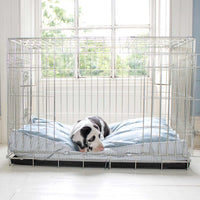


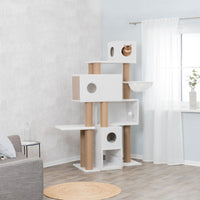
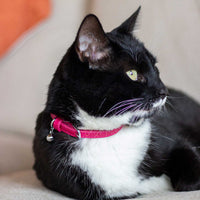









.jpg?v=1725444478725&options=)
.jpg?v=1725440760488&options=)
.jpg?v=1725291804746&options=)










